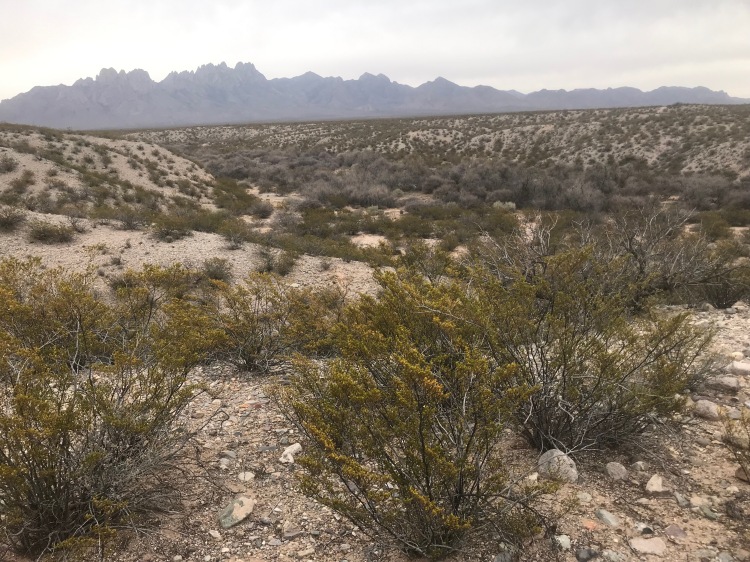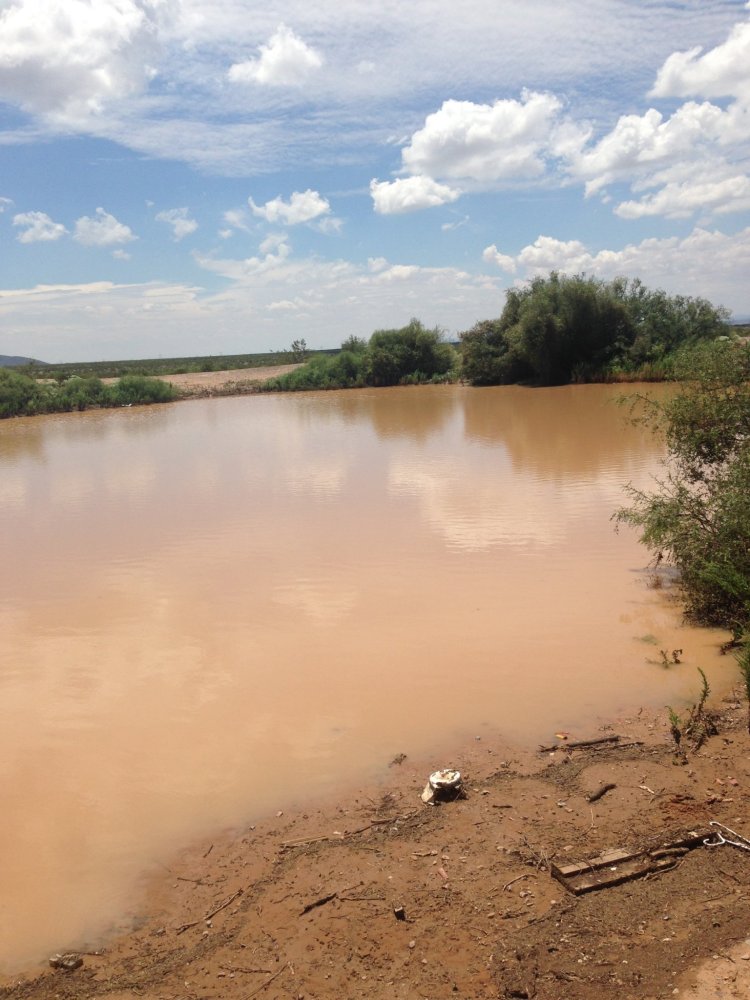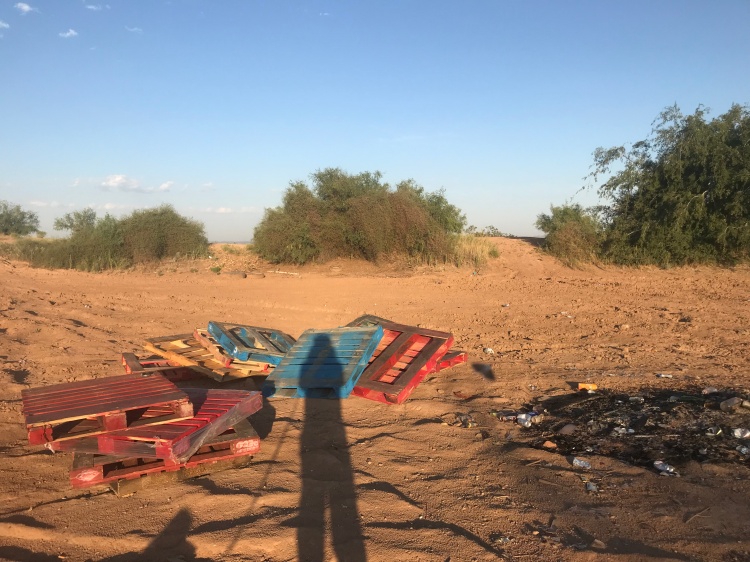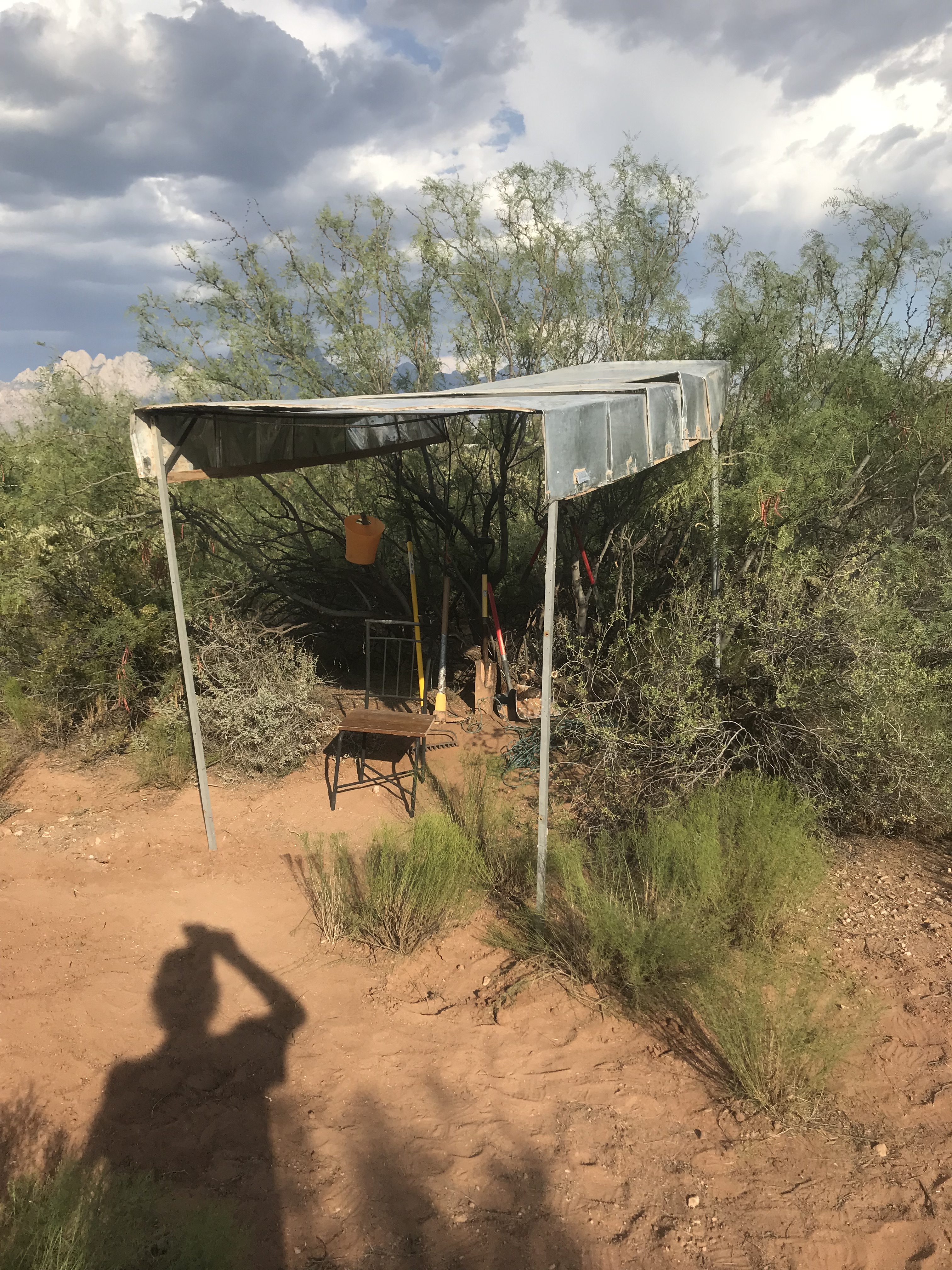A version of this blog post has been accepted to appear in
Business Storytelling and the ‘Storytelling Science’ of Self-Correcting Research’. Accepted Aug 12 2019 LJRMB London Journal of Management and Business | Vol:19 | Issue:2 | Compilation: 1.
When it does appear, this post will be removed
Bury semi-structured interviewing as a failed business storytelling methodology and start doing ‘storytelling science’ of self-correcting storytelling interviewing
Antenarrative blogpost by David M. Boje, Aug 1 2019
It is time to bury semi-structured interviewing as a failed business storytelling and social science methodology.The Hawthorne Studies were transformed, when in July of 1929, after 1600 interviews, they halted the project, and changed their interviewing method from semi-structured and structured interviews they had called the ‘direct approach to questioning’ to the new ‘indirect approach’ in which people told their accounts and stories, without interruption, without the interviewer trying to herd the [storyteller] back so some a priori topics and sub-topics (Roethlisberger, Dickson, Wright, & Pforzheimer: 1939: 203). The indirect approach to what we (Boje & Rosile, 2019 in this book) now call ‘conversational storytelling’ was found to produce less social desirability effects. Instead of semi-structured interviews, the psychologists and psychoanalysts recommended a purposive conversation.
We (Boje & Rosile, 2019 in prep) propose an alternative to semi-structured interviewing. Our alternative a way of doing a ‘storytelling science’ methodology called, “self-correcting induction” rooted in the work of Charles Sanders Peirce (1933-1937, 5.580, which hereafter means Volume 5, section #580, boldness ours): “In an induction we enlarge our sample for the sake of the self-correcting effect of the induction.” Just before (5.579) Peirce amplifies his enthusiasm, “So it appears that this marvelous self-correcting property of Reason, which Hegel made so much of, belongs to every sort of science, although it appears as essential intrinsic, and inevitable only the highest type of reasoning, which is induction.” (p. 50 Boje & Rosile in draft of this book you are reading).
What does all this mean to do storytelling conversational interviewing?
- It has to be a back and forth, or its an interrogation
- It has to be dialogical or it’s reducing of dialogism to monological narrative fallacy
- It has to be dialectical, not just TAS narrative-counternarrative explorations in the interviews, if that is even possible, but the N of N dialectic of multiplicity ensembles
- It has to be not just Induction, but include Abduction and Deduction.
In each self-correcting phase of storytelling science, there is a cycle of Abduction-Induction-Deduction. Each storytelling conversational interview begins with Abductions that are explored in the interview with Induction inference inquiry. Either form the getgo are after the first cycle, there is Deduction from theories and from theorizing, and adjustments and new Abduction, then second cycle, more Induction, and in each cycle of self-correcting.
It is important because it is in Volume 5 section 580 that Peirce actually uses the term ’self-correcting effect of the induction.” That said, it is only one part of the triad that Peirce is developing in his writing. By that I mean the cycle of abduction-induction-deduction, and includes four tests. Self-correcting ‘storytelling science’ conversational interviews involve enacting from 1 to 4 tests: (Boje & Rosile, p. 10):
“1. Refutation test of self-reflexivity conversations,
- Critical cross-disciplinary conversations with others,
- Understanding scalability processes of nature, and
- Doing experiments and practice interventions to get closer to solutions to super wicked water and climate changes ushering in more and more crises are larger and larger scales.”
The four tests (as needed) are done in each cycle of self-correcting storytelling science. It is not the usual gather a bunch of interviews then transcribe them, and come up with a theme analysis to generate a typology. Rather, it’s a back-and-forth storytelling sharing, where you actually write down your Abductive hypotheses BEFORE the storytelling conversation (or participative immersion or experiment or intervention) and then do the Inductive inquiry of the co-sharing storytelling (back-and-forth), and Deductions from theory to local come BEFORE or AFTER each round of conversational interviews. It is therefore inadequate to stick to a protocol of semi-structured questions, since the theory assumptions (deductions), the inquiry (induction) and the propositional assumptions (abductions) change from round to round. The point we are making is to write it down, write out the abductions-inductions-deductions as you go, not post hoc, after-the-fact.For Popper what Peirce calls self-correcting is termed ‘trial and error’ of the scientific method, so we arrive closer to the truth (Popper, 1963: 318).
Keep in mind, semi-structure interviewing is not dialogical, it is interrogation, and it’s also not dialectical. To become dialogical and dialectic means doing ‘conversational interviewing’ where both parties are sharing stories, challenging stories, co-creating stories, in a back-and-forth, two-way exchange, not an interrogation ritual.
The dialogical (polyphony, stylistic, chronotopic, architectonic in Bakhtin, see Boje 2008 on this) is Bakhtin’s work. The four dialogisms are not separate. To have dialogical in a ‘conversation’ means recognition of the difference between what Bakhtin calls the narrative that he says is ‘always monological’ and the [living] story, which is always ‘dialogical.’ And there are the four kinds of dialogical relations in storytelling (polyphony, stylistic, chronotopic, architectonic). They are entangled and inseparable in real life.
The dialogical is not independent or severed from the dialectical in storytelling conversation interviews, or in the semi-structured interviews.
The dialectical has several forms. In all kinds of interviewing there are narratives in dialectical relation to counternarratives. This first dialectic is well known as thesis-antithesis-synthesis (TAS). The TAS interviewer has their starting narratives (implicit & explicit, many taken-for-granted) and tersely-told (Boje, 1991) in the questions posed, the inner dialogue, the body language, etc.). The TAS semi-structured interviewer has an agenda of main questions, topics, follow-up, and probe questions. Each word, each terse construction of a question is embedded in the questioner’s dominant narrative (though much of it is unstated, yet constituted just the same). The interviewee in TAS encounter with a questioner is trying to fathom the desired response being sought, and dodging the questions in order to embed their own counternarratives. Have you ever noticed people divert from the semi-structured interview protocol, and then the interviewer brings them back to the agenda topics. There is a grand assumption that synthesis between the interviewer and interviewer is resulting from effective communication. We know from the results of the Hawthorne studies that semi-structured interviews result in socially desired response, in interviewees withholding their truthing, their personal experience living stories, and instead obfuscate, dodge, deflect, and just keep silent about that so going on. That is why Hawthorne study brought in psychoanalysts and psychologists to assess all this, and recommended what we are now calling ’storytelling conversational interviews’ the back and forth. My point in the first dialectic, is that it breaks down, and there is no synthesis, except in the mind of the interviewer, who writes up the transcripts, doctors the interpretation toward their own agenda, and tells a narrative different from the the interviewees (withheld) counternarrative. No synthesis as Adorno stresses in his book. Adorno, T. W. (1973). Negative dialectics, trans. EB Ashton (New York: Continuum, 1973).
The second form of dialectic is difficult to comprehend. It’s the ’negation of the negation’ (N of N) and is developed by Hegel, then redeveloped by Heidegger (1962, Being & Time) and by Sartre (1960). Sartre, J. P. (1960). Critique of dialectical reason, vol I, theory of practical ensembles. London: New Left Review. Notice that in the subtitle is the term practical ensembles. Sartre is critiquing Marxian dialectic (TAS) for ignoring the N of N dialectic processes. Instead of splitting into a thesis and antithesis (or narrative and counternarrative) the N of N dialectic starts with ‘multiplicities’ and what Grace Ann and I call ‘ensembles of multiplicities.’ I try to develop this in Boje (2019). Boje, D. M. (2019). Organizational Research: Storytelling in Action. Routledge and in the text not yet published with Grace Ann. Boje and Rosile doing storytelling science with self-correction method (title not final) storytelling science of self-correcting storytelling conversations

Figure 2: Is from Boje & Rosile (2019, in prep) showing a sampling of a few of ways Sartre conceives of ensembles of multiplicities
If Hegel, Heidegger, and Sartre are onto something, then TAS dialectic by splitting thesis from antithesis and hoping for synthesis is too gross a move, and misses the N of N dialectic where I think that antenarrative processes are pre-constitutive of both narrative and story. Antenarrative works in the ensemble of diverse sorts of multiplicities. See above figure that gives a sampling of how Sartre uses ensemble in so many different ways.
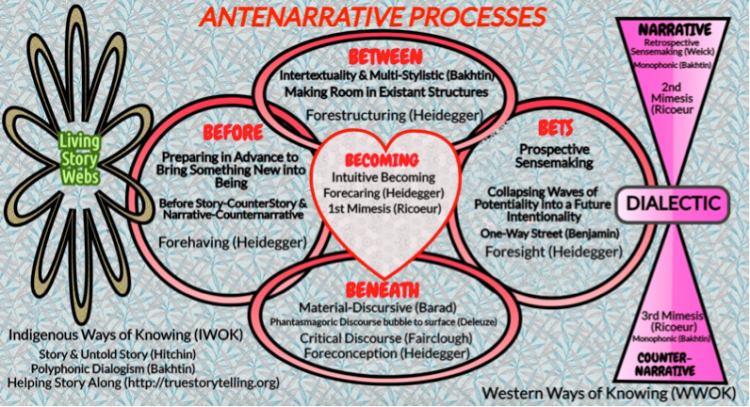
Figure 1 is from essay Lundholt, M. W., & Boje, D. (2018). Understanding Organizational Narrative-Counter-narratives Dynamics: An overview of Communication Constitutes Organization (CCO) and Storytelling Organization Theory (SOT) approaches. Communication and Language at Work, 5(1), 18-29.
Above are dialectic (TAS) and dialogical processes together in the storytelling arena, without mention that negation of the negation (N of N) that is also part of the storytelling patterns.
Self-correcting ‘storytelling science’ is from work of C.S. Peirce and Karl Popper and several others listed below. After a lot of reading of all the volumes of Peirce, I came up with this summary, which is extracted from p. 50 (Boje & Rosile):
“We propose a way of doing a storytelling methodology called, “self-correcting induction” from the work of Charles Sanders Peirce (1933-1937, 5.580, which hereafter means Volume 5, section #580): “In an induction we enlarge our sample for the sake of the self-correcting effect of the induction.” Just before (5.579) Peirce examples his enthusiasm, “So it appears that this marvelous self-correcting property of Reason, which Hegel made so much of, belongs to every sort of science, although it appears as essential intrinsic, and inevitable only the highest type of reasoning, which is induction.” (p. 50 Boje & Rosile book in process).
It is important because it is in Volume 5 section 580 that Peirce actually uses the term ’self-correcting effect of the induction.” That said, it is only one part of the triad that Peirce is developing in his writing. By that I mean abduction-induction-deduction, and includes four tests. Self-correcting ’storytelling science’ conversational interviews involves enacting from 1 to 4 tests: (Boje & Rosile, p. 10):
“1. Refutation test of self-reflexivity conversations,
- Critical cross-disciplinary conversations with others,
- Understanding scalability processes of nature, and
- Doing experiments and practice interventions to get closer to solutions to super wicked water and climate changes ushering in more and more crises are larger and larger scales.”
For Popper what Peirce calls self-correcting is termed trial and error of the scientific method we arrive closer to the truth (Popper, 1963: 318).
“We propose, a self-correcting abduction-induction-deduction semiotics, to get closer to approximations of ‘true’, knowing we are never arriving at ‘absolute truth’ because of our own fallibilism” (Boje & Rosile,2019 in prep to publish, p. 8).
Quoting Boje & Rosile, pp. 8-9, boldness ours): “Self-Correcting ‘storytelling science’ with several metaphysical variations of dialectic, anti-dialectic, dialogic, antidialogic, antenarrative, anti-narrative from these sources:
- Paulo Friere’s (1970/2000) oppositions of dialectical and anti-dialectical with dialogical and anti-dialogical
- David Boje’ (2011) ‘antenarrative’ and ‘anti-narrative’ and colleagues’ (Boje ed. 2011; Boje & Sanchez, Eds., 2019a, 2019b; Boje, Mølbjerg Jørgensen, 2018) antenarrative and anti-narrative notions and implications for ‘quantum storytelling’ (Boje, 2014; Boje & Henderson, 2014; Henderson & Boje, 2016; Boje, 2016a; Boje, Svane & Gergerich, 2016)
- Mikhail Bakhtin’s (1981, 1990, 1993) anti-dialectical approach to several dialogisms (Boje, 2008):
- Polyphonic
- Stylistic
iii. Chronotopic
- Architectonic
- Charles Sanders Peirce’s (1933-1937) ‘self-correcting’ semiotics of triadic of Abduction-Induction-Deduction (Boje, 2014)
- Gilles Deleuze’s (1990, 1991, 1994, 1997; with Guattari 1987, 1994) anti-dialectics and retheorizing Bergson’s (1960, 1988) multiplicities as assemblages of intensive, extensive and virtual multiplicities (Boje, 2019b)
- Karl Popper’s (2008) ‘zigzag’ of scientific method in the dialectical (thesis-antithesis-synthesis) problem solving to get closer to correct solution without falling into inductive fallacy in a moral ontology of middle ground between pessimism (Marxism) and optimism (positivism), and ‘Metaphysical Realism’
- Henri Savall and colleagues’ ‘socio-economic’ approach of dialectics (triadic of Peircean ‘abduction-induction-deduction’ and qualimetrics (triadic of qualitative-quantitative-financial) in moral ontology of socially responsible capitalism (Savall, Peron, Zardet, & Bonnet, 2018; Boje, 2018a)
- Hannah Arendt’s (1978) series of dialectic cycles of thesis-antithesis-synthesis that become spiral of self-correcting
- Jean-Paul Sartre (1960/2004) dialectics of ‘negation of the negation’ in a practical ensemble of multiplicities as applied by Rosile, Boje, and Claw (2018) to ensemble leadership
- Judith Butler’s dialectics of ‘negation of the negation’ as a way of undoing gender, and as applied by Riach, Rumens, and Tyler (2016) to Boje’s (2001, 2008) ‘antenarrative’ and use of ‘anti-narrative interviewing method’ applied to Butler’s (2005) giving account of oneself and (2004) undoing gender
Slavoj Žižek’s (2012) dialectics of ‘negation of the negation’ as a way to resurrect Hegelianism in relation to the Lacanian psychoanalytic.”
Next Table p. 31, from Boje & Rosile (2019, in prep):
Table 1: Conscientização and relation of anti-dialectical and anti-dialogical to their opposite with conversational storytelling
| Anti-Dialectical | Dialectical | |
| Anti-Dialogical | Semi-structured interviews reduce concrete to the abstract confirmation of themes & subthemes.
It is the crisis Western Ways of Knowing (WWOK) |
Not listening to the Other
Polemical
WWOKers not entering space of co-sharing and co-inquiry
IWOKers remaining voiceless |
| Dialogical | Domesticated dialectic
Listening without co-inquiry Not braiding conversations between WWOK and IWOK
Disappearance of social structure and social conditions co-inquiry |
Conversational storytelling Conscientização
Co-sharing Co-inquiry Double movement of dialectical and dialogical Māori kōrero Indigenous way of knowing (IWOK) ‘Native Science’ Freeing the Pedegogy of both oppressor and oppressed |
What does all this mean to do storytelling conversational interviewing?
- It has to be a back and forth, or its an interrogation
- It has to be dialogical or it’s reducing of dialogism to monological narrative fallacy
- It has to be dialectical, not just TAS narrative-counternarrative explorations in the interviews, if that is even possible, but the N of N dialectic of multiplicity ensembles
- It has to be not just Induction, but include Abduction and Deduction.
In each self-correcting phase of storytelling science, there is a cycle of Abduction-Induction-Deduction. Each storytelling conversational interview begins with Abductions that are explored in the interview with Induction inference inquiry. Either form the getgo are after the first cycle, there is Deduction from theories and from theorizing, and adjustments and new Abduction, then second cycle, more Induction, and in each cycle of self-correcting.
Actually it’s that there are both dialectic and dialogical relational storytelling discourses (interdiscursivities) in the phenomenon. Being dialogical is being conversational storytelling, by sharing your own accounts, not just interrogation. Both dialectic (Sartre) and dialogical (Bakhtin) have what Peirce has called self-correction, and can be done with triadic of abduction-induction-deduction in series of refutation tests.
We cannot arrive at absolute truth, but can get closer than the usual relative social constructivism of semi0structured interviewing by engaging in relational process ontology and the method of self-correcting storytelling science in doing conversational interviewing, in multiple rounds, recording our abduction-induction-deduction cycle understanding, as we go, instead of after-the-fact.
References
Adorno, T. W. (1973). Negative dialectics, trans. EB Ashton (New York: Continuum.
Boje, D. M. (2019b). Organizational Research: Storytelling In Action. London/NY: Routledge. has 10 Relational process ontology approaches All 10 are 4th wave alternatives
Boje, D.M and Rosile, G.A. (2019 in process). Doing storytelling science of self-correction as an alternative to semi-structured interviewing See draft at https://www.dropbox.com/sh/bd297r9f6lhgjeh/AAChF7KdZH7hvz3aGIySrTJwa?dl=0
Lundholt, M. W., & Boje, D. (2018). Understanding Organizational Narrative-Counter-narratives Dynamics: An overview of Communication Constitutes Organization (CCO) and Storytelling Organization Theory (SOT) approaches. Communication and Language at Work, 5(1), 18-29.
Peirce, C. S. (1931-1935, 1958). Collected papers of Charles Sanders Peirce. [Volumes I–VI, ed. by Charles Hartshorne and Paul Weiss, 1931–1935, Volumes VII–VIII, ed. by Arthur W. Burks, 1958, quotations according to volume and paragraph.]. Cambridge, MA: Harvard University Press.
Popper, Karl R. (1963). Conjectures and Refutations: The Growth of Scientific Knowledge. London: Routledge and Kegan Paul.
Roethlisberger, F. J., Dickson, W. J., Wright, H. A., & Pforzheimer, C. H. (1939). Western Electric Company. Management and the worker: an account of a research program conducted by the Western Electric Company, Hawthorne Works.
https://davidboje.com/vita for more books and articles
https://davidboje.com/quantum for the ANNUAL STORYTELLING CONFERENCE IN LAS CRUCES NEW MEXICO

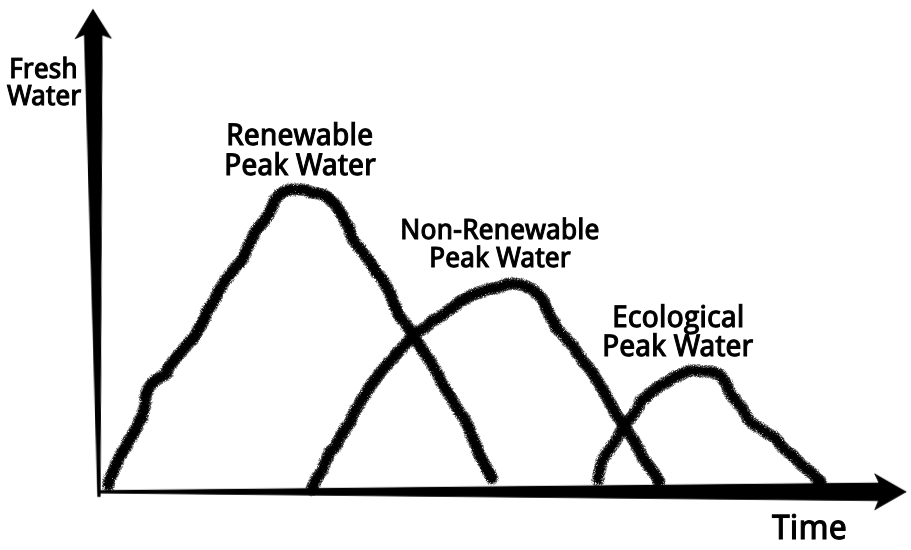






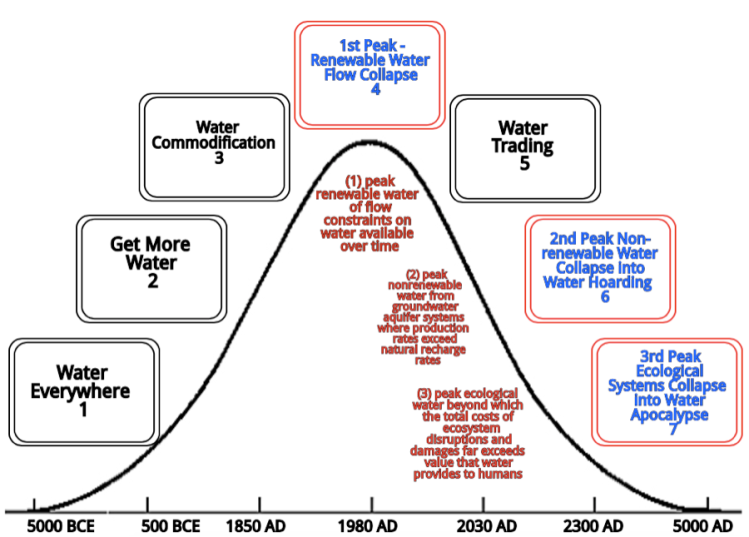



 YouTube
YouTube
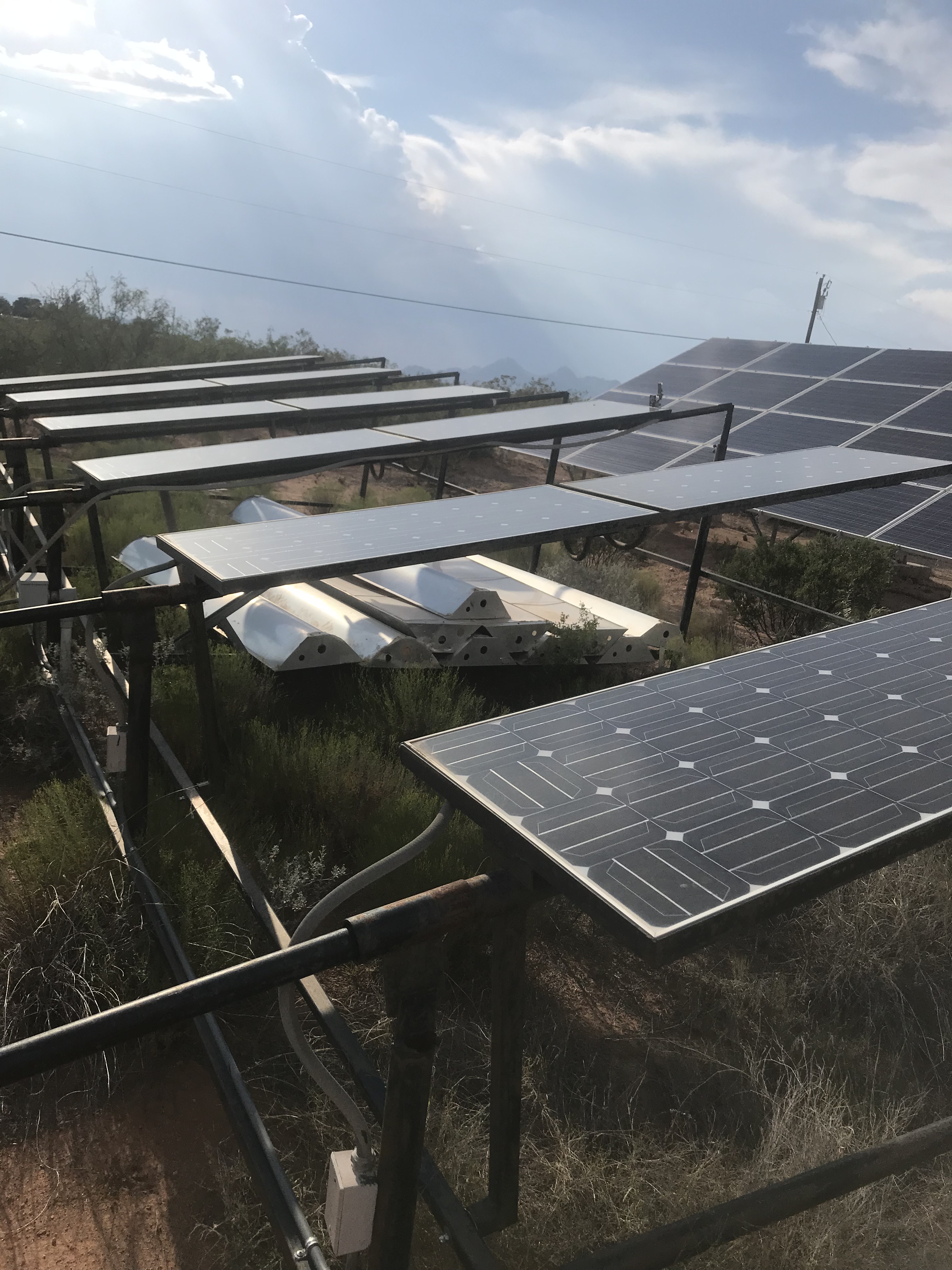

 See Critique of Triple Bottom Line YouTube
See Critique of Triple Bottom Line YouTube What is Storytelling in 90 seconds (YouTube)
What is Storytelling in 90 seconds (YouTube)


